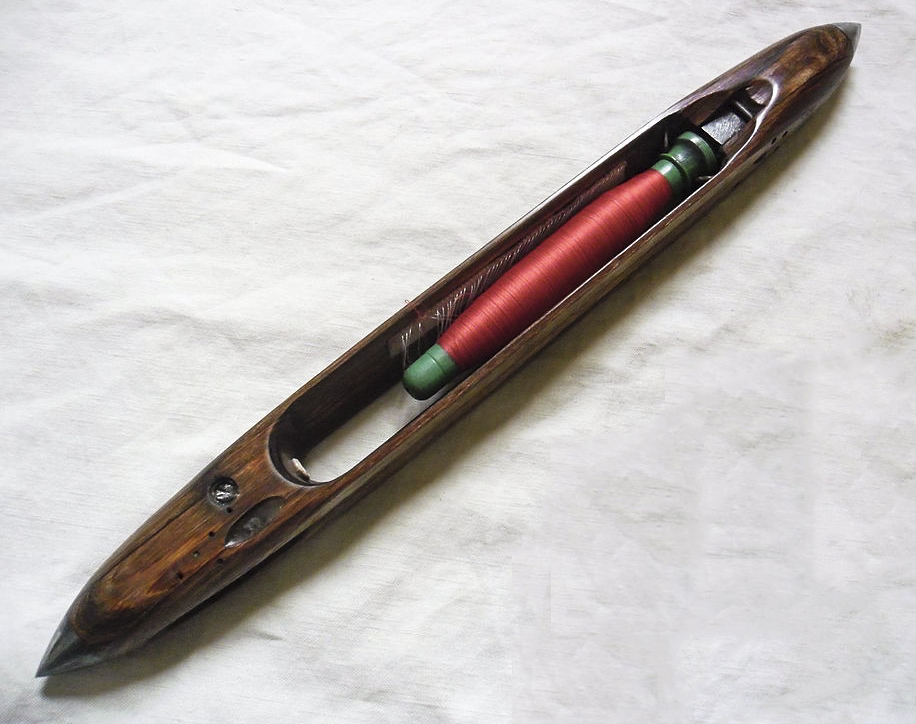In the mid-1880s, the U.S. Census Bureau began to experiment with ways to automate the way it was assessing the population of the United States and processing the answers to the questions survey takers asked each household. The data from the 1880 census was overwhelming; it took eight years to compile and process. Engineer Herman Hollerith, who was on the bureau’s technical staff, felt he could improve the process. He got busy and, in 1884, filed a patent for an electromechanical device that rapidly read information encoded by punching holes on a paper tape or a set of cards. In 1889 Hollerith’s newly formed Tabulating Machine Co. was chosen to process the 1890 census. The company was decidedly successful; data from the 1890 census was compiled in only one year. The Tabulating Machine Co. eventually became IBM. (Source)

Item on display in the Archives
Weaving shuttle



